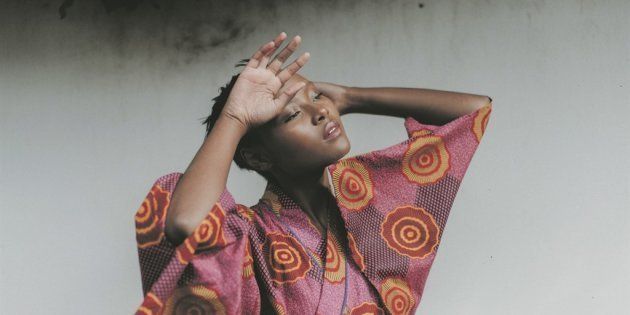
Are we really doing the Asian cultural appropriation fashion trend again, or am I overreacting? It's just fashion, right?
Slowly but steadily, Asian cultural garments, particularly the Japanese kimono, are becoming all the rage. But it's done with little to no reflection. Think back to the 90s, when Chinese-style fashion was becoming trendy. Chopsticks as hair accessories, take-out boxes as purses.
Sure, fashion borrows from tradition and translates or gives garments modern interpretations – but many times it can be very costume-like.
Is anything being done to draw a line between cultural appropriation and cultural appreciation in fashion? A kimono, which means "a thing to wear", is a traditional style of formal dress in Japan, dating back to the Muromachi period (1392-1568). It was worn by both men and women. The garment is made of patterned silk, is multi-layered, full-length with wide sleeves and tied with a sash.
Kimonos and yukatas (a more casual version) should always be worn with the left panel over the right, because it is customary in Japanese culture to dress the dead with the fold right-over-left. Our failure to understand details like these – especially in fashion spreads – and our getting them wrong shows that those appropriating traditional forms of dress can be ignorant of the clothing's cultural significance.
We can all agree that cultural appropriation is when people take an aspect of a culture and make use of it without fully understanding its context and traditional and symbolic meanings, and profit or benefit from it. Therefore, considering the cultural and social importance of the Japanese kimono, there's good reason to be critical.
The debate about cultural appreciation and appropriation is centred around one thing: intent. Because at least giving thought to and respecting the traditional and cultural meaning of a certain mode of dress or dress sense is surely a case of appreciation? Kimonos are being sold by almost every major retail store and have been turned into a staple piece for almost every woman. Kimonos at clothing retailer Forever 21 do not even look like the traditional Japanese garment, yet we still use the word to describe them. When you Google kimono, their store is at the top of your search results.
Kate Chauncey, the owner of KIMONO in Cape Town, which she runs with her mother Kim, says they launched their store as a local lifestyle brand inspired by Japanese design. "My mom has always been fascinated by Japanese culture and design and her love of it was passed down to me. We are both drawn to the graphic simplicity of Japanese aesthetics, whether that be in fashion, art, homeware, or even prints and patterns. I have loved Japanese aesthetics as long as I can remember. They make a quiet, but bold statement."
When asked if she thinks the "westernisation" of kimonos counts as appropriation, she says it is a sensitive topic.
"I think that there is a difference between appropriation and appreciation. The kimono holds important symbolism in Japanese culture, which we respect and are inspired by. By showing our kimonos in a modern context on women of different cultures and ages, we intend to honour these beautiful garments and contribute to their continued fashion evolution."
Perhaps the reason cultural appropriation isn't seen as offensive any more could be because we have been so exposed to it that we do not even blink when we see someone doing something completely obscene.
However, it's important to remember that taking from other cultures for our own advantage only devalues that culture.
- All kimonos pictured are from shopkimono.co.za